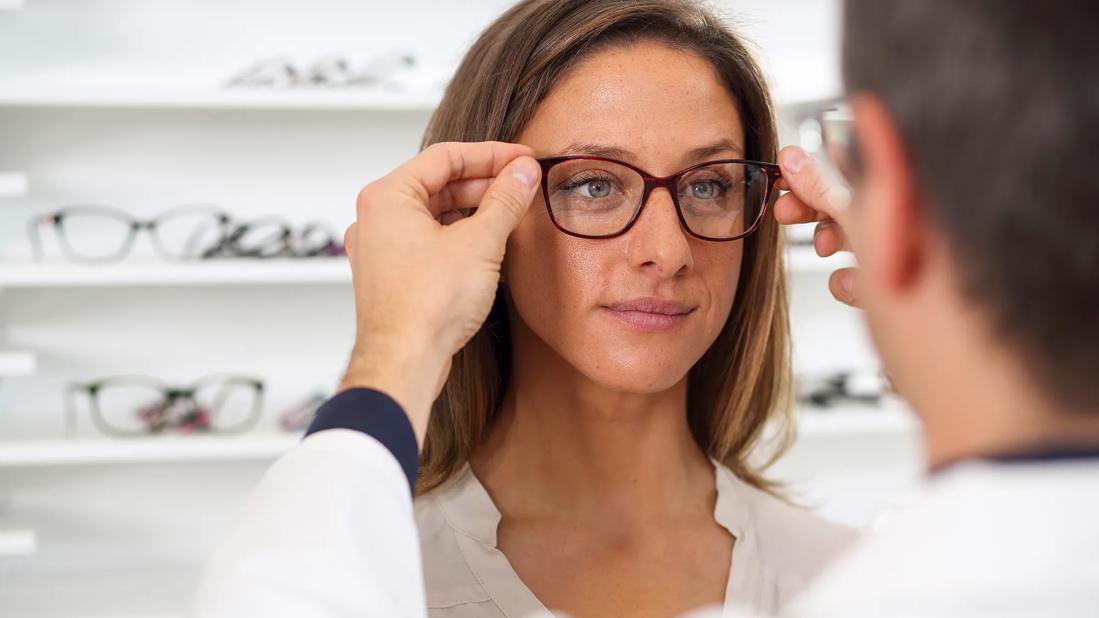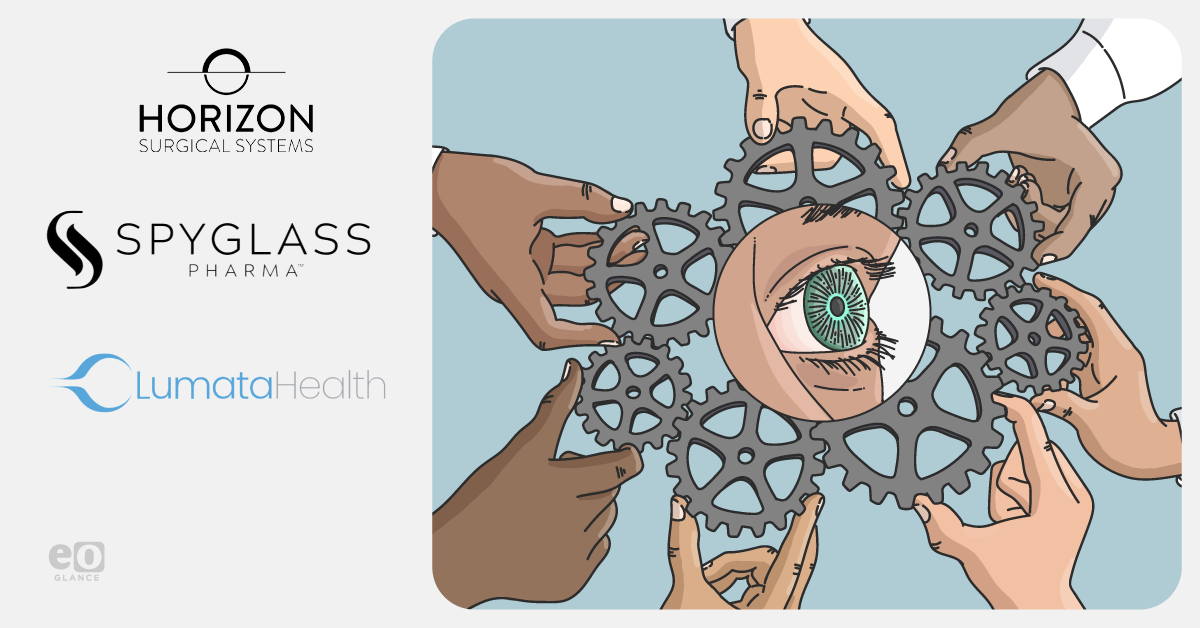How Long Does It Take To Adjust to New Glasses?

Making any change can be hard, especially if you’re used to seeing things a certain way. When it comes to eye health, that can be especially true. Glasses are designed to protect and enhance your vision and correct any issues along the way. But if you’re new to wearing glasses or your prescription gets bumped up significantly, it might take a little more time to get settled.
Advertisement
Cleveland Clinic is a non-profit academic medical center. Advertising on our site helps support our mission. We do not endorse non-Cleveland Clinic products or services. Policy
Optometrist Kristen Borriello, OD, explains what you should and shouldn’t do when wearing a new pair of glasses, and what you can expect in the days and weeks that follow.
Adjusting to new glasses
New glasses or a new prescription can make you feel weird at first, but that’s completely normal. Like trying anything new when it comes to health and wellness, it takes time for your eyes to adjust.
How long does it take to adjust to your glasses?
Most people feel better within a few days of wearing new glasses. You might experience headaches or feel off for the first couple of days, but the longer you wear your glasses, the less these symptoms will continue. Some folks might take up to a couple of weeks to get used to new glasses for a variety of reasons.
“The feeling of getting overwhelmed by your vision gets better and better over time,” says Dr. Borriello. “It becomes less and less of a shock or an adjustment, and then you realize your eyes actually feel better when you wear your new glasses.”
Factors affecting your adjustment period
Your adjustment period could be longer if you’re wearing glasses for the very first time or if you’ve had major changes to your prescription. If you’re moving up to progressive lenses or no-line bifocals, for example, your adjustment period could take a little longer.
“Other things that may affect the length of your adjustment period are your age, the type of glasses you’re wearing, whether they’re distance glasses or near glasses, or some combination of both,” notes Dr. Borriello.
What adjusting to new glasses feels like
When you first put on your new glasses, you might experience:
- Headaches (especially in the first few days)
- Temporary blurred vision
- Eye strain
- Feeling off-kilter (like your eyes aren’t matching your brain)
- Vision distortions (like a fishbowl effect)
These issues are more common if you’re switching to progressive lenses or high astigmatism prescriptions. You could also experience nausea in the first couple of days, but that’s typically rare and short-lived.
How to get used to new glasses faster
“It will take a little bit of time to get used to, but the longer you wear your glasses, the less you’ll notice any symptoms,” reiterates Dr. Borriello.
Whatever you do, try not to wear contacts during the adjustment period. Switching between contacts and glasses could cause dizziness, headaches and disorientation. And it could take longer for you to get used to your new glasses if you keep going back and forth.
“I wait until someone is fully adjusted to even try contacts, unless they have a medical condition where contacts would improve their vision, like keratoconus or other corneal diseases,” clarifies Dr. Borriello.
To make the most of your adjustment period, take note of these strategies:
- Try not to switch back to your old prescription. Your eyes need to fully adjust to the new prescription. Going back and forth can prolong their ability to get settled.
- Try putting on your glasses in the morning and wearing them all day. “Wearing your glasses more often than not will help your brain get adjusted,” says Dr. Borriello.
- Or scale up your wearing time. Try them on for an hour or two, or until you feel symptoms setting in, then take a break. Tomorrow, wear them for two to three hours and keep progressing until you don’t experience any issues. In those in-between times, you can wear your old prescriptions if you need to, but make sure you cut back on wearing your old glasses the more you wear the new ones.
- Commit to an entire weekend. “I often encourage jumping right into it by picking a weekend where you’re not doing anything and wearing them as much as possible,” recommends Dr. Borriello.
If you try these tips and are still experiencing issues after a week or two, bring your glasses back to where you got them to make sure they were made correctly. You can also schedule a follow-up with your eye care team to check your prescription.
“If they were made correctly and you’re still struggling with them, reach out to your doctor so they can check your new prescription,” advises Dr. Borriello. “It’s never too late to adjust your glasses.”
link





:max_bytes(150000):strip_icc()/GettyImages-1718516575-4dc2bf2b3ac24913b3375c7189ddded7.jpg)